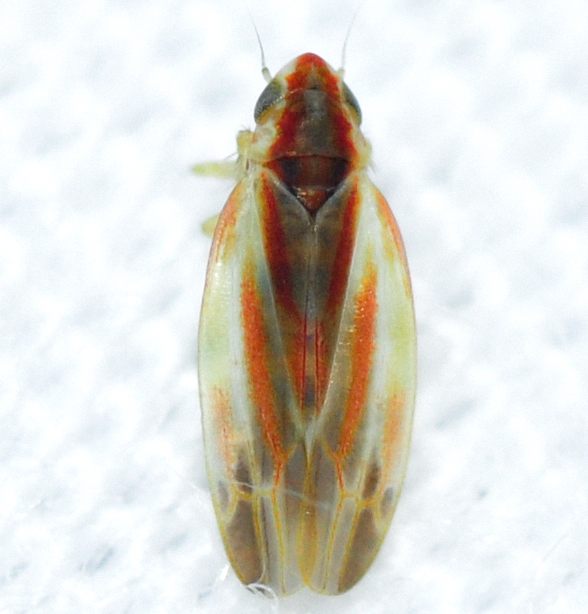| description |
This species has a pale yellowish-white body with a red-orange and brown color pattern; there is a broad, prominent dark longitudinal band down the entire length of the body on the wings, thorax, and head, tapering at the margin of the head. Varying in darkness among individuals, the band is dark reddish-brown and is outlined with a bright red, prominent line that borders the band from the vertex along the claval sutures of the wings; a second set of red lines extends outwards on the wings. The face is pale, as is the underside of the thorax except for the mestosternum, which is dark. The abdomen is dark dorsally. Adults are 2.8 to 3.1 mm long. (INHS) |
| comments |
There are several Erythridula species that have a dark, reddish-brown band along the length of the hopper. These species are: lawsoniana, rufostigmosa, ohioensis, wysongi (BG), and similalis (BG). Similalis is primarily a Florida species, but has been recorded recently from South Carolina; it has a thinner dark band (which is reddish-brown) down the wings and body, and the lines bordering the band are yellow and orange. Wysongi does not always have the dark band extend onto the vertex, sometimes it is pale (the band itself may not be as dark as in other species); a key mark is the entire underside of the body, including the face, is dark. Ohioensis and [some forms of] rufostigmosa are similar to one another, as both have a band that is more reddish-orange than brown and not overly dark, and the bordering lines to the band are prominently reddish; these red lines are thicker than in lawsoniana and have a plate-like aspect to them, covering most of the clavus. Rufostigmosa also has a very dark form, var. 'subnubila', that has blackish wing and body markings; see here for more info. Finally, lawsoniana has a dark brown mid band with thinner reddish bordering lines.
See below for descriptions from the 3I Dmitriev database that show the degree of similarity between species.
lawsoniana- Dorsum yellow or white. Color pattern red or orange or brown. Vertex with oblique lateral vittae or with large basal dark area often extended onto pronotum. Vertex midline pale or dark. Anteclypeus pale, concolorous with rest of face. Pronotum dark with pale lateral margins or pale with two longitudinal stripes. Mesonotum entirely dark, apex concolorous with rest of mesonotum. Thoracic venter with dark mesosternum, remainder pale. Forewings with oblique vittae or with oblique vittae usully forming continuous zigzag pattern, without crossbands. Clavus with continuous vitta parallel to suture or largely or entirely bright red or brown. Abdomen dark dorsally.
rufostigmosa- Dorsum yellow or white. Color pattern red or orange or brown. Vertex with oblique lateral vittae or with large basal dark area often extended onto pronotum. Vertex midline pale or dark. Anteclypeus pale, concolorous with rest of face. Pronotum dark with pale lateral margins or pale with two longitudinal stripes. Mesonotum entirely dark, apex concolorous with rest of mesonotum. Thoracic venter with dark mesosternum, remainder pale. Forewings without oblique vittae or with oblique vittae or with oblique vittae usully forming continuous zigzag pattern, without crossbands. Clavus with continuous vitta parallel to suture or largely or entirely bright red or brown. Abdomen dark dorsally.
ohioensis- Dorsum yellow or white. Color pattern red or orange or brown. Vertex with large basal dark area often extended onto pronotum. Vertex midline dark. Anteclypeus pale, concolorous with rest of face. Pronotum dark with pale lateral margins or pale with two longitudinal stripes. Mesonotum entirely dark, apex concolorous with rest of mesonotum. Thoracic venter entirely pale. Forewings with oblique vittae, without crossbands. Clavus largely or entirely bright red or brown. Abdomen dark dorsally.
wysongi- Dorsum yellow or white. Color pattern red or orange or brown. Vertex with oblique lateral vittae or with large basal dark area often extended onto pronotum. Vertex midline pale or dark. Anteclypeus brown or black. Pronotum dark with pale lateral margins or pale with two longitudinal stripes. Mesonotum entirely dark, apex concolorous with rest of mesonotum. Thoracic venter entirely dark. Forewings with oblique vittae or with oblique vittae usully forming continuous zigzag pattern, without crossbands. Clavus with continuous vitta parallel to suture. Abdomen dark dorsally.
similalis- Dorsum yellow or white. Color pattern red or orange or brown. Vertex with large basal dark area often extended onto pronotum. Vertex midline dark. Anteclypeus pale, concolorous with rest of face. Pronotum dark with pale lateral margins or pale with two longitudinal stripes. Mesonotum entirely dark, apex concolorous with rest of mesonotum. Thoracic venter entirely pale. Forewings with oblique vittae, without crossbands. Clavus largely or entirely bright red or brown. Abdomen pale dorsally. |
Species Photo Gallery for Erythridula lawsoniana No Common Name |
 | Photo by: Kyle Kittelberger
Wake Co.
Comment: mixed hardwood forest habitat | 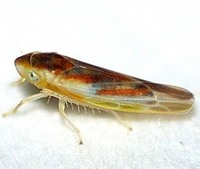 | Photo by: Paul Scharf
Warren Co.
Comment: Attracted to Light |
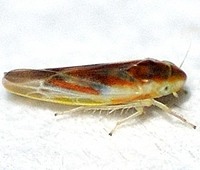 | Photo by: Paul Scharf
Warren Co.
Comment: Attracted to Light | 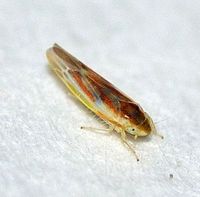 | Photo by: Paul Scharf
Warren Co.
Comment: Attracted to Light |
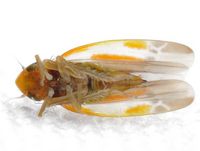 | Photo by: Kyle Kittelberger, Brian Bockhahn
Rockingham Co.
Comment: grassy area near mixed hardwood forest and a pond; note dark thoracic mesosternum | 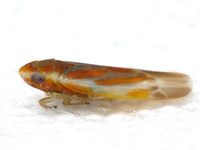 | Photo by: Kyle Kittelberger, Brian Bockhahn
Rockingham Co.
Comment: grassy area near mixed hardwood forest and a pond |
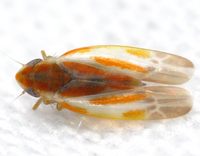 | Photo by: Kyle Kittelberger, Brian Bockhahn
Rockingham Co.
Comment: grassy area near mixed hardwood forest and a pond |  | Photo by: Kyle Kittelberger, Paul Scharf
Vance Co.
Comment: mostly brushy vegetation consisting of willows, etc., on shore of lake; some grass as well |
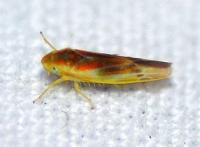 | Photo by: Paul Scharf
Warren Co.
Comment: Attracted to Light | 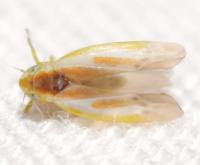 | Photo by: Kyle Kittelberger
Wake Co.
Comment: male |
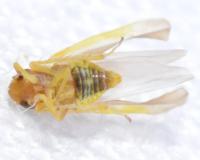 | Photo by: Kyle Kittelberger
Wake Co.
Comment: male | 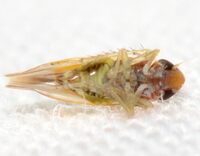 | Photo by: Kyle Kittelberger, Brian Bockhahn
Polk Co.
Comment: male |
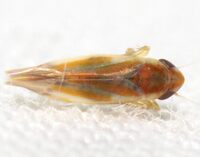 | Photo by: Kyle Kittelberger, Brian Bockhahn
Polk Co.
Comment: male | 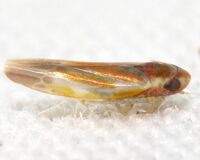 | Photo by: Kyle Kittelberger, Brian Bockhahn
Polk Co.
Comment: male |
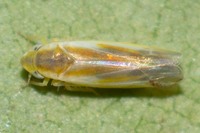 | Photo by: Scott Bolick
Guilford Co.
Comment: |

 »
»

